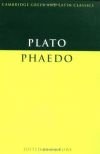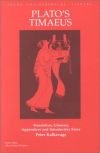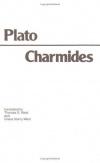
The Charmides is a dialogue of Plato, in which Socrates engages a handsome and popular boy in a conversation about the meaning of sophrosyne, a Greek word usually translated into English as "temperance", "self-control", or "restraint". As is typical with Platonic early dialogues, the two never arrive at a completely …
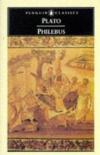
The Philebus, is one of the surviving Socratic dialogues written in the 4th century BC by the ancient Greek philosopher Plato. Apart from Socrates, the primary speaker in Philebus, the other speakers are Philebus and Protarchus. But Philebus, who wants to defend the life of pleasure, hedonism, which Socrates describes …
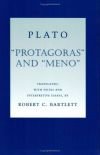
Protagoras is a dialogue by Plato. The traditional subtitle is "or the Sophists". The main argument is between the elderly Protagoras, a celebrated Sophist, and Socrates. The discussion takes place at the home of Callias, who is host to Protagoras while he is in town, and concerns the nature of Sophists, the unity and …
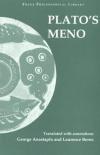
Meno is a Socratic dialogue written by Plato. It attempts to determine the definition of virtue, or arete, meaning virtue in general, rather than particular virtues, such as justice or temperance. The first part of the work is written in the Socratic dialectical style and Meno is reduced to confusion or aporia. In …

Hippias Minor, or On Lying, is thought to be one of Plato's early works. Socrates matches wits with an arrogant polymath who is also a smug literary critic. Hippias believes that Homer can be taken at face value, and that Achilles may be believed when he says he hates liars, whereas Odysseus' resourceful behavior …

 English
English Español
Español Deutsch
Deutsch
